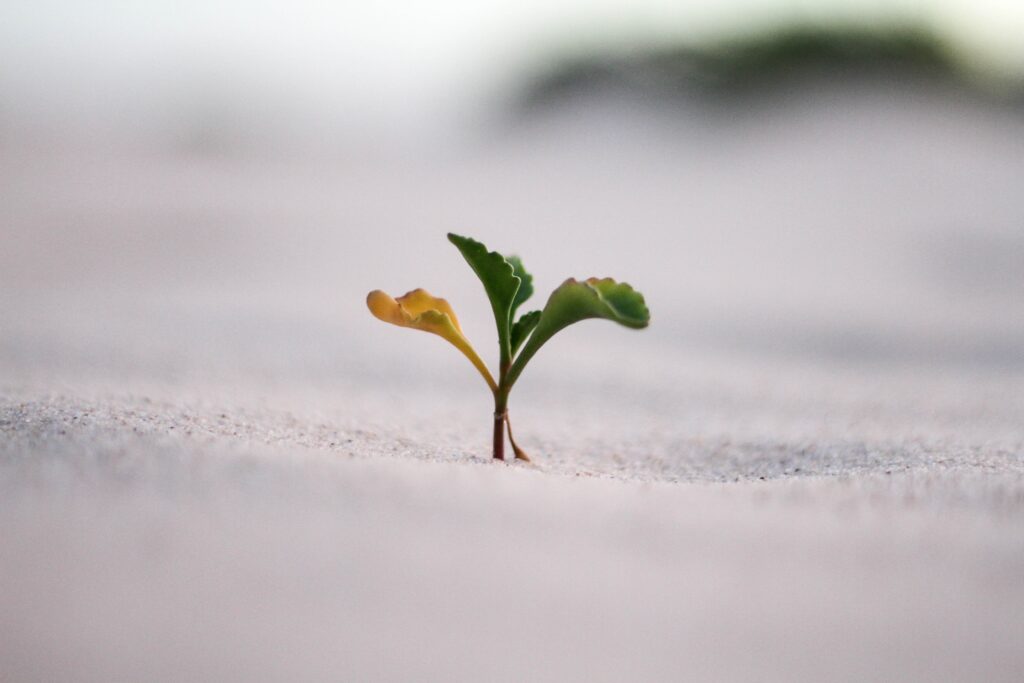Two years ago, countries worldwide were concerned to overcome the pandemic-induced recession with unemployment on the rise. Inflation has been then considered an afterthought. With a recent turn of events, new Covid restrictions, and Russia-Ukraine tensions, now the picture of growing inflation is at an all-time high in several countries and has started to raise stark attention, worldwide.
Consumer Index Price (CPI), one of the most preferred tools to measure inflation, has shown a consequential increase over the past few years. Other metrics of inflation have shown severe turbulence too. An analysis of 44 major economies of the world was made by Pew Research Center to study inflation. It reported that in almost all the studied economies a drastic increase in consumer prices has been seen compared to pre-pandemic times. The 44 economies studies made an important part in driving global economic growth. Out of these 37 countries are member nations of the Organization for Economic Cooperation and Development (OECD), a group of most highly developed, democratic countries.
In the analysis made, Turkey has been reported with the worst inflation rate, a startling 54.8% in the first quarter of 2022. Turkey had been experiencing inflation for years but things worsened with highly unorthodox monetary policies introduced by the government in 2021. A drastic implication of how the global events have unfolded grim consequences for economies in the past 2 years was seen in reports of Israel. The COVID-19 pandemic caused a 2.4% contraction in Israel’s economy. The first quarter of 2022 witnessed a CPI of 3.36% which accounted for 25x more than what was witnessed in the first quarter of 2020 for Israel. Similar trends have been reported for Italy, which saw a nearly twenty-fold increase in the first quarter of 2022 compared with two years earlier (from 0.29% to 5.67%). The Greek economy, which has seen a fair share of turbulence with several rounds of inflation and deflation, witnessed an overwhelming annual inflation rate of 7.44% in this year’s first quarter which made up 21 times higher than what it was two years earlier (0.36%). The UN’s Food and Agriculture Organization (FAO) has reported a stark increase in the monthly food price index between February and March 2022 which accounts for 12.6%- marking the highest level since 1990. The food price index is a measure of the prices of globally traded food commodities. The figures from Eurostat, reported an annual inflation rate of 8.1% in May 2022 which has increased from 7.4% in April. Singapore’s core consumer price index has hit its highest level in almost 14 years. The IMF has forecasted inflation to hit 12.2% in sub-Saharan Africa, marking such high levels since 2008.
On the face of it, inflation rates and CPI increases across the globe are believed to have been affected by the Covid-19 pandemic, natural crises, and the growing tensions between Ukraine and Russia. Experts have pointed out a mismatch in demand and supply also to be a major reason for rising inflation all across. One of the major concerns has been expressed over rising energy prices. To overcome the growing inflation, which has been the worst in the last four decades, central banks of countries are readily increasing their interest rates, thus increasing the borrowing rates and further slowing down consumer activity. India’s RBI has hiked interest rates by 90 basis points. Higher interest rates have been introduced by the US Federal reserves, the highest in the last 30 years. This has impacted the borrowing rate of most emerging economies, thus making situations grimmer.

Understanding the US Inflation Landscape- Domestic and International Impacts
With the US Central Bank, the Federal Reserve that targets a 2% inflation rate, the annual inflation rate of 9.1% as of June 2022, came as a huge blow. It is the largest annual increase since the year 1981. Economists have shown major concern regarding the price pressures due to a global inflation rate being a cause of the ever-rising CPI. They believe that the spike in CPI is caused due to energy and food prices, which essentially relates to a bigger, global picture. This has led to rising prices for domestic goods and services, from shelter to autos to apparel. The CPI has shown surge of 7.5% in energy resources in June 2022, which accounted for a 41.6% annual increase, thus being a primary reason for higher costs. Since 1986, June 2022 witnessed a rental cost rise by 0.8%, the largest monthly increase. Shelter costs are up by 5.6% annually. The domestic food market has seen an increase of 1%, making it a continuous trend for the past six months, straight.
The domestic scenario presents a grim picture at the backdrop of inflation. Mortgage loans are at an all-time high-interest rate of 6% currently, accounting to be the highest since 2008. To tackle the adversity, daily workers’ hourly wages fell by 1% and marked a 3.6% drop from a year ago. Prices of basic commodities have seen extreme rises marking such high costs over a decade.
With the ever-increasing CPI at play, Federal Reserves are continuously adapting aggressive policies which are tightening the flow of loans and levying higher interest rates. Currently, this rate is already raised by 150 basis points. The Fed is speculated to increase this value by up 100 basis points. With higher interest rates introduced by the Fed, firms trying to raise money in the States will find it much more costly to do so.
The dwindling picture of the stock market has hit globally, which is especially true for risky assets, like cryptocurrencies. The Indian stock market has witnessed sell-offs, much like the global scenario, leading to the Sensex plunging to a 1-year low, dropping from 62000 in October 2021 which recorded the highest peak last year, to 50000 in June 2022. Nifty points dropped from 17000 to 15000 during May-June 2022. Reuters has reported that India is set to mark its first annual decline in seven years in 2022, amidst the ongoing geopolitical crisis. FPIs in listed Indian stocks declined to a nine-year low and a point essential to note is that the US accounts for over 30% of FPI inflows into India.
The US Dollar has risen up to 10% intending to attract investments, which elsewhere indicates expensive imports of commodities like energy and food. In countries like Kuwait and Saudi Arabia, where currencies are tied to the dollar, the impact of the US rate rises is almost immediate. The US dollar index, which measures the value of dollars against a basket of six foreign currencies: the euro, Swiss franc, Japanese yen, Canadian dollar, British pound, and Swedish krona listed it at 108.29 which is a 20-year high.
In the face of economic uncertainty, a dramatic shift, from intense hiring by companies to meet post-pandemic demand and now to firing employees, job landscape and unemployment have seen shifting patterns. With the recession in force, big giants like Uber, Amazon, Walmart, Tesla and Spotify, have announced plans to slow or halt hiring.
With China’s economy slashing amidst new Covid restrictions, growing Ukraine-Russia tensions and a global inflation trend, being prepared for change is the only resort. Businesses have been advised to prepare for an array of scenarios. Major consulting firms have advised on rebalancing portfolios by diversification, locking in capital to mitigate the adversity caused by dwindling interest rates, strategising to smarter alternatives and focusing on areas more susceptible to destabilization as some of the necessary steps to be taken up.
Source : McKinsey, Reuters, WEForum, CNBC, Pew Research, Bloomberg, BBC, Business Standard, WSJ, MacroTrends, Indian Express





 Market Research
Market Research Consumer Research
Consumer Research Industry Research
Industry Research Market Entry Strategy
Market Entry Strategy Feasibility Studies
Feasibility Studies Product Research
Product Research Automobile & Mobility
Automobile & Mobility Banking and Finance
Banking and Finance Consumer Products & FMCG
Consumer Products & FMCG Ecommerce & Retail
Ecommerce & Retail Industry & Manufacturing
Industry & Manufacturing Government & Public Sector
Government & Public Sector Industry Associations
Industry Associations Technology & Software
Technology & Software Venture Capital & PE
Venture Capital & PE Consulting & Advisory
Consulting & Advisory India Entry Market Research
India Entry Market Research Innovation Consulting
Innovation Consulting KX Market Radar
KX Market Radar Business Model Development
Business Model Development Gen Z Navigator
Gen Z Navigator